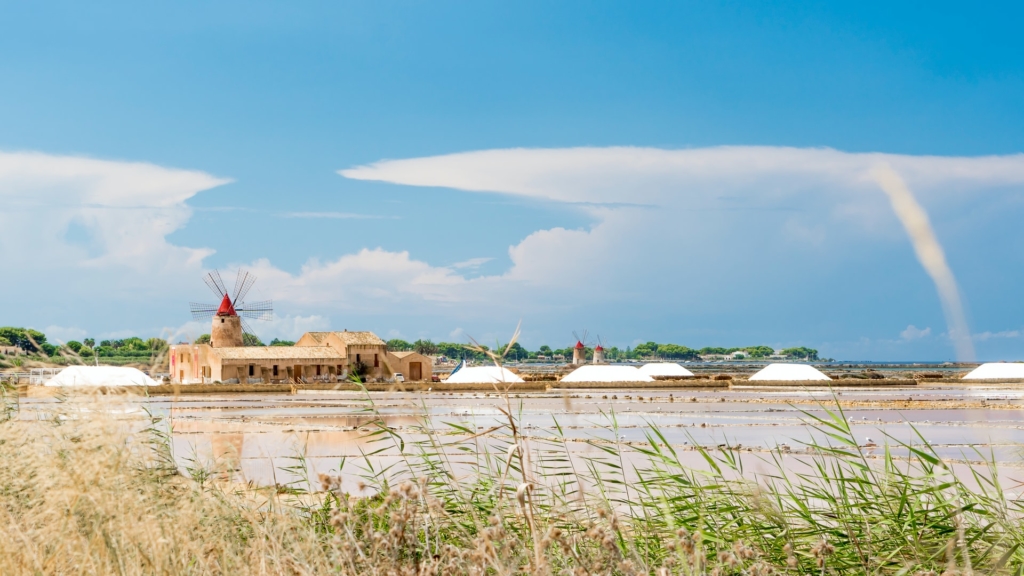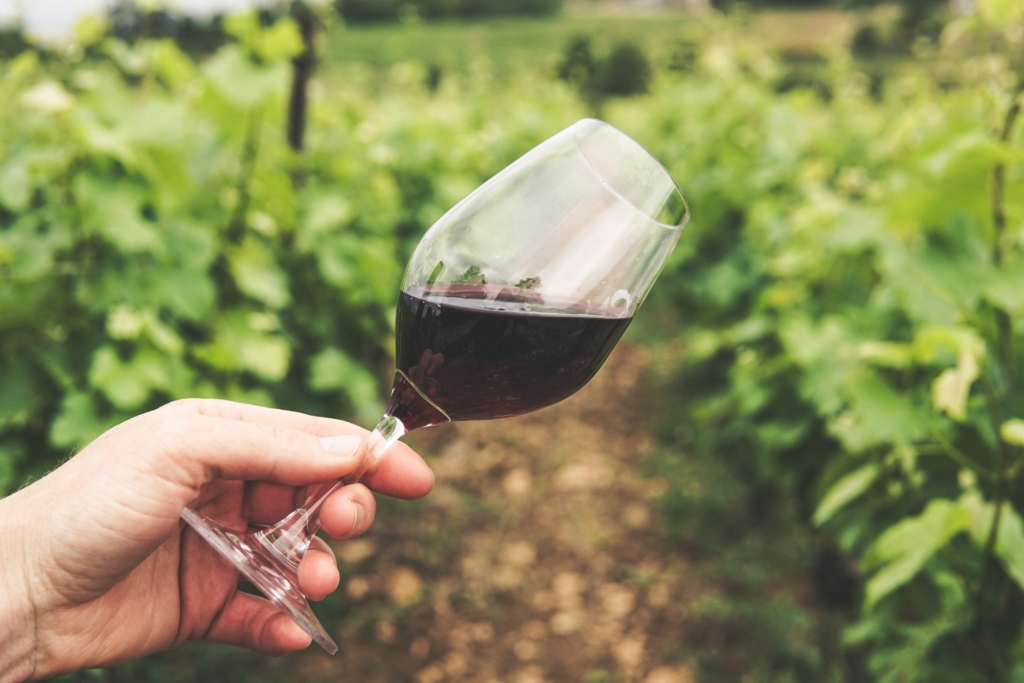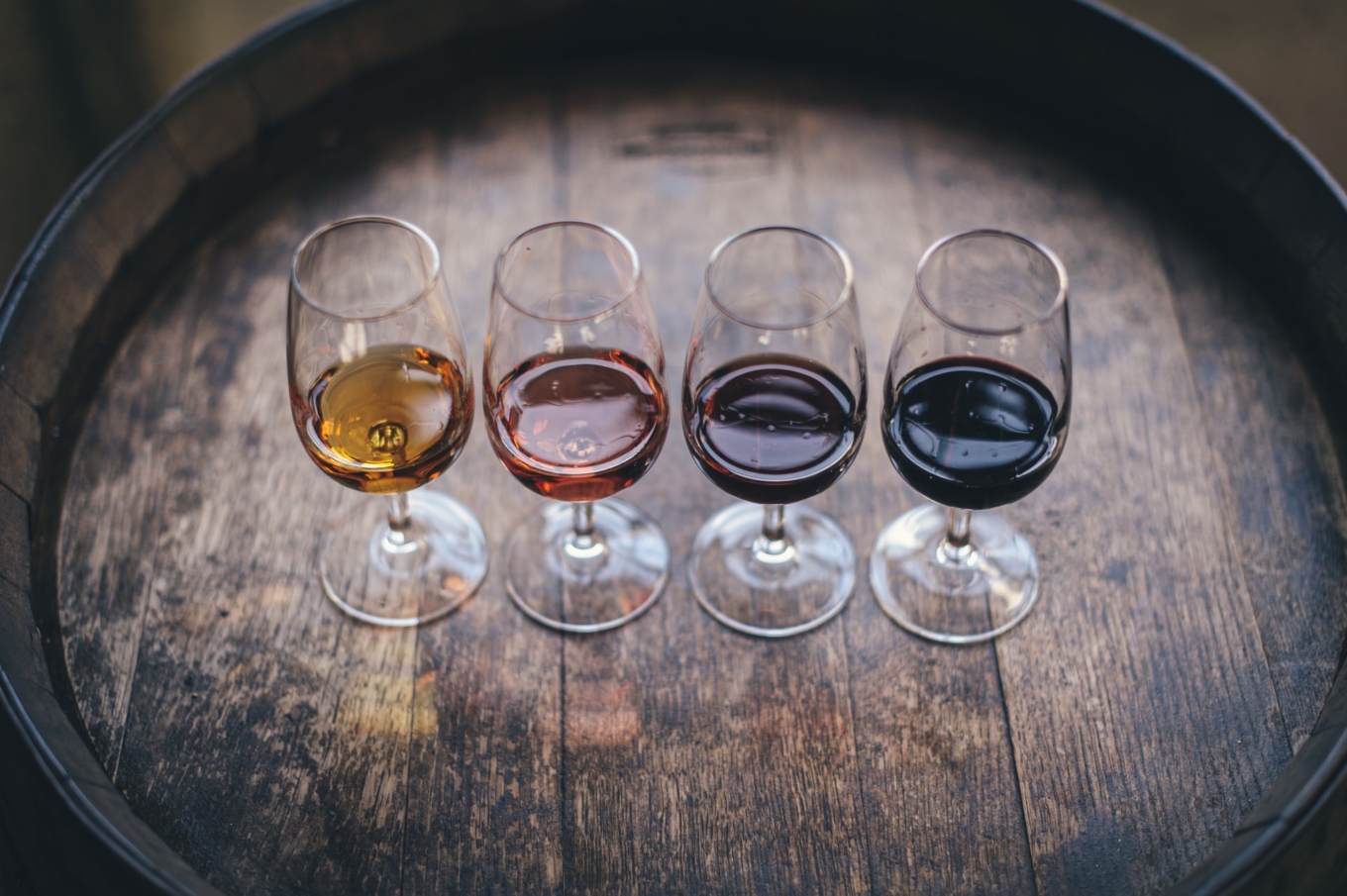One of the oldest wine appellations in Italy, Marsala is a fortified wine produced in the region surrounding, not surprisingly, the Sicilian city of Marsala. English trader John Woodhouse discovered the local wine in 1773, when he first visited the city. He found it similar to port and sherry wine, as it is aged in wood casks, using a process similar to the solera system. The result is a high alcohol level, 15–20% ABV, and Woodhouse knew this would help preserve the wine for long-distance sea travel. He then introduced Marsala wine to England, where it quickly became popular. By 1806, Sicialians were mass producing it for trade across Europe and America.

Today, most people don’t think of Marsala wine for drinking but instead as a cooking wine used to make a nutty, savory sauce for chicken or veal. Marsala, though, is a complex wine that comes in several different styles classified by color, age, and level of sweetness. The three levels of sweetness are based on grams per liter (g/l) of residual sugar in the wine as follows: dry has 40 g/l or less, semi-dry 41-100 g/l, and sweet has over 100 g/l. Dry Marsala is typically used to make sauces or served chilled for an aperitivo with gorgonzola cheese. Sweet Marsala, in contrast, is a dessert wine served at room temperature with chocolate or as part of dessert recipes, such as tiramisu.
Marsala can be gold, amber, or ruby in color, depending on the grapes used to make it. Gold Marsala is made with the native white grapes Grillo, Inzolia, and Catarratto among others, and ruby Marsala uses the red grapes Nero d’Avola, Pignatello, and Nerello Mascalese, along with up to 30% white grapes in its production. Amber Marsala is also white grape based but includes the addition of a sweet mosto cotto, which gives it an amber hue and semisweet flavor.

There are five quality levels to Marsala, all related to how long the wine has been aged. Fine is the youngest, aged less than one year, and most common for cooking. Superior is aged for at least two years, and superior reserve for at least four years before bottling. The last two quality levels are hard to find outside of Italy and are a blend of multiple vintages. They are virgin (or soleras), aged at least five years, and virgin reserve (or soleras stravecchio), aged at least 10 years in oak. The higher the quality, the more delicious the Marsala for drinking, with flavors of stewed apricot, vanilla, honey, walnut, and morello cherry.
Wine Recommendations
- Pellegrino Superiore Dry Marsala – Good for cooking and drinking. Nutty flavors and dried apricot; serve chilled with cheddar or gruyère cheese. Average price $12–16.
- Florio Vecchioflorio Superiore Sweet Marsala – Dessert wine, lush and well-balanced with caramel, honey, and dried fruit flavors. Pairs well with chocolate truffles. Average price $14–16.
- Florio Fine Dry Marsala – Good for cooking and enriching savory flavors. Average price $10–13.



